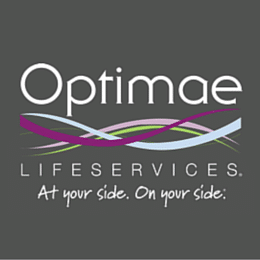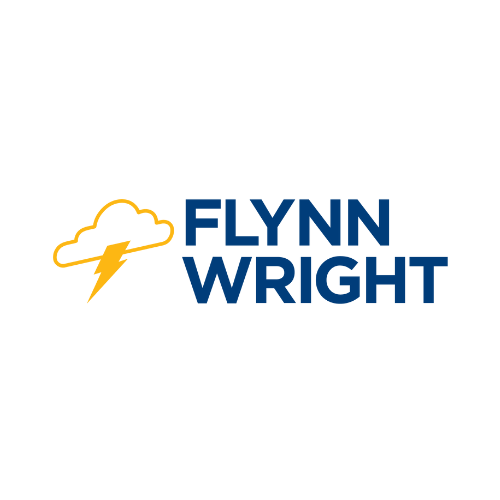Water task force finalizes proposals

The only major change in the final draft released today from the initial draft –read a Dec. 16 Business Record story about the initial draft – was the addition of Gov. Terry Branstad’s recent proposal to use money from a sales tax for school infrastructure that would be continued past its expiration date. That came out after the original draft of the task force plan was written.
- This state needs a multibillion-dollar campaign to improve water quality, akin to the $2 billion a year we spend on roads and bridges. “The state of Iowa has a unique opportunity to invest in Iowa’s soil and water infrastructure — an infrastructure that has as much to do with this state’s wealth and prosperity as its roads and bridges do,” the panel reported in the executive summary.
- Solving Iowa’s water quality problems — which affect everything from public health and water treatment costs to workforce development and recreation — means coming up with steady sources of cash that will be available for decades. The original Nutrient Reduction Strategy, issued in May 2013, estimated upfront costs of $1.2 billion to $4 billion, and annual costs between $77 million to $1.2 billion per year. The panel focused on that strategy, but the many representatives of economic development, environmental, agricultural and governmental organizations involved acknowledged that the task goes beyond that.
- The effort needs sources of cash that won’t go away. The work at hand is a long haul, the panel found.
The work would reduce agricultural pollution, cut flood risks and water treatment costs, help meet the national call for a 45 percent reduction in nitrogen and phosphorus runoff to the Gulf of Mexico by 2030, increase farm productivity, create jobs for land managers and agriculture information workers, and improve habitat and outdoor recreation, the panel found.
The report goes into great detail, laying out the problems Iowa faces in water quality and suggesting a number of solutions. As promised, the members left out any suggestion that the Iowa Legislature more aggressively regulate agriculture, though many members suggested that the idea should be revived if new voluntary efforts fail.
The focus was to find money to pay landowners to install conservation practices as laid out in the Iowa Nutrient Reduction Strategy. That document was based on a widely praised review of various techniques by Iowa State University scientists, and heavily guided by the Iowa Farm Bureau Federation.
Because the immediate goal is to persuade lawmakers to come up with cash for this, the task force boiled down its top ideas for pursuing the recommendations into five bullet points.
The panel also summarized implementation goals:
- Come up with permanent funding to cover the work laid out in the plan, perhaps by endorsing Branstad’s plan or by raising the general sales tax by 3/8ths of 1 percent to fill the Natural Resources and Outdoor Recreation Trust Fund. Some kind of water quality trading is another idea.
- Develop a formal implementation plan for the nutrient reduction strategy.
- Use the local watershed management authorities to guide the work.
- Set up a system of outreach staff and technical advisers, construction teams and watershed coordinators to help get the work done.
- Establish a revolving loan fund for related projects, modeled after the state’s highly successful fund for drinking water and sewage treatment work.
- Set up ways to monitor and measure projects to see how successful they are in removing pollutants.
- Make sure the watersheds with the greatest need or most-prepared projects get financial support.
- Ensure transparency in the work on the Nutrient Reduction Strategy.
- Emphasize projects with multiple benefits.
- Seek private support to complement the public programs, including developments in precision agriculture.
The group now plans to lobby the Iowa Legislature, where the special sales tax for conservation projects has been all but declared dead on arrival and Gov. Branstad’s suggestion to use growth in the school sales tax to cover some of the projects already has brought opposition from some in both parties.










